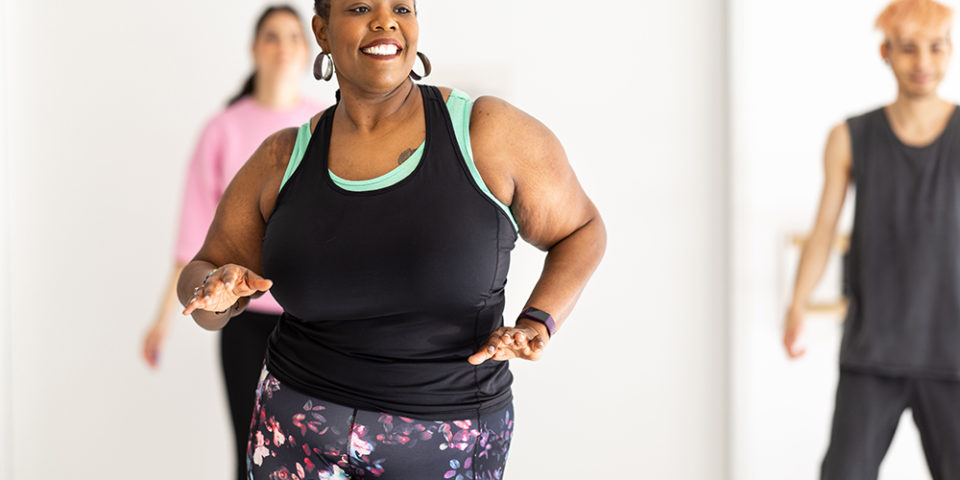The importance of staying active
Our bodies are designed to be in motion, with joints and muscles that need regular physical activity to stay healthy. A lack of physical activity can lead to medical problems, and the more sedentary the lifestyle, the higher risk of problems like obesity, high blood pressure or even premature death.
Lindsay Kirkland, RD, explained why modern life can make it difficult to find the motivation to exercise, the importance of staying active and what you can do to incorporate more movement into your everyday life.
Modern life makes it easy to avoid staying in motion
“More than half of the time adults in the United States spend awake is time they’re spending on sedentary tasks,” said Kirkland. “And it isn’t just watching television or sitting at desk jobs. Just about every aspect of modern life is more and more automated or digital, giving us less reason to get up off the couch.”
While ordering groceries or changing the thermostat from your phone is convenient, it’s not great for our bodies. As a result of modern life being so sedentary, Kirkland noted more than 80% of the world is not meeting basic recommendations for daily physical activity.
This increases weight-related health complications, many of which can be improved or even prevented simply by incorporating regular exercise into your daily life.
How to add exercise into everyday life
“The hardest part of making healthy lifestyle changes is just getting started,” said Kirkland. “Once you get over that initial threshold, it will become easier and easier to add activity into your day.”
The same technology that makes it easy to avoid being active can be used to help encourage more activity, too!
- Set a reminder on your phone for exercise. If you’re the type to simply get distracted or buried in work and forget to exercise until it’s too late in the day, set an alarm on your phone to remind you. When the alarm goes off, that’s your sign to get your exercise in.
- Find exercise videos that give you options! For many, exercise can start feeling monotonous. Exercise videos like MoveWell’s at-home workout options offer lots of variety to keep things interesting and strengthen different muscle groups.
- There’s an app for that. Fitness apps like Couch to 5K, MyFitnessPal, Glo and Strava can help you keep a record of your fitness journey. For some, writing down their activity changes and seeing how small changes add up helps keep them motivated.
Start small and work your way up
“Trying to jump right in to long or intensive workouts can be frustrating and lead to giving up too soon,” said Kirkland. “Our bodies need time to adapt to increased exercise. Taking it in stages and working your way up helps to prevent injury.”
Just 15 minutes of exercise that raises your heart rate per day lowers the risk of premature death for sedentary people, so there’s no need to try for an hour or more right away. Take short walks, 10–15 minutes, twice a day. Make your way through one half-hour exercise video or look up exercises you can do at home or in the office between meetings or during your lunch break. Walk your children to and from school if you live close enough. Even simply walking quickly to pick up your lunch rather than driving to a nearby restaurant can get you the exercise you need.
The World Health Organization recommends that adults between 18–64 try to get about 150–300 minutes of moderate-intensity exercise each week. Just 15 minutes per day adds up to about 100 minutes each week, so you’re already well on your way.
Find the care you need, close to home
Our primary care physicians provide well visits and everyday care when you need it with compassion and expertise.
Find Primary Care Near You

